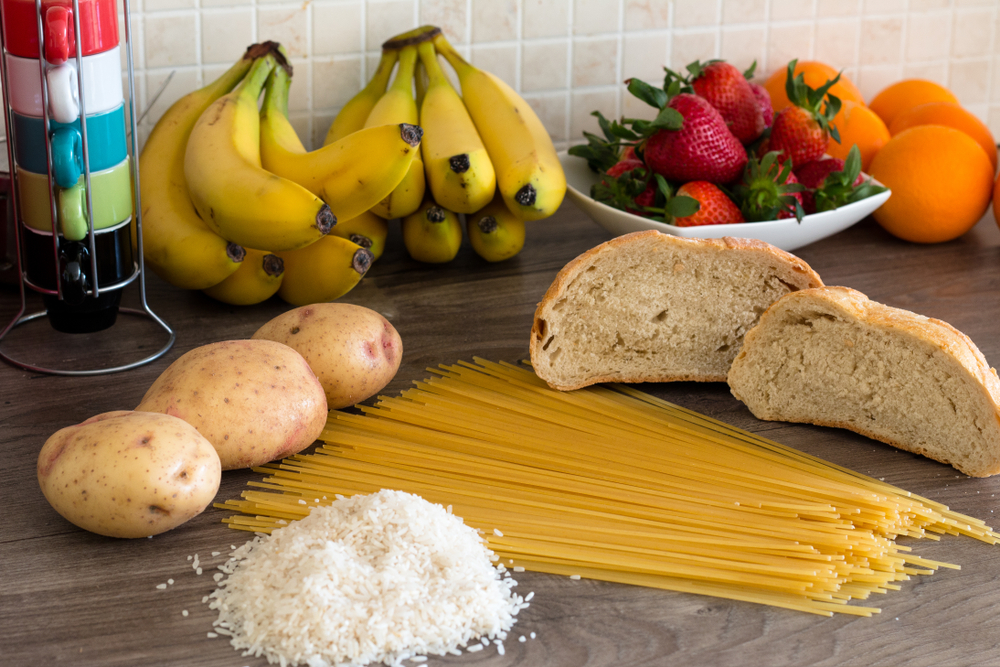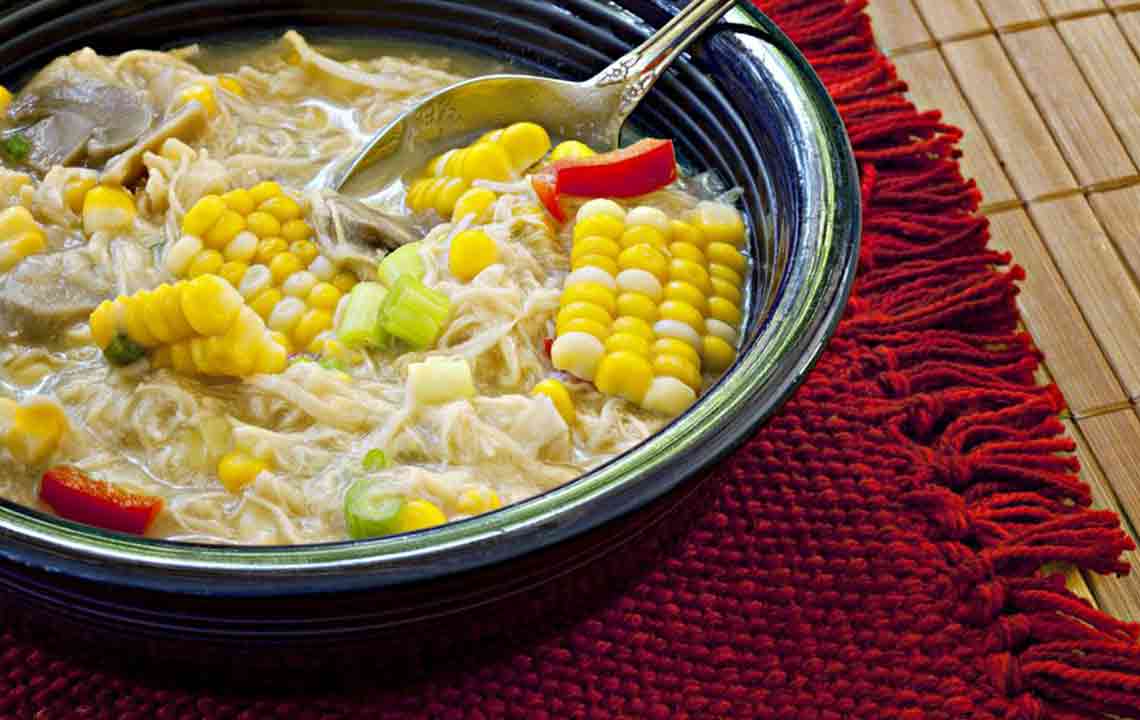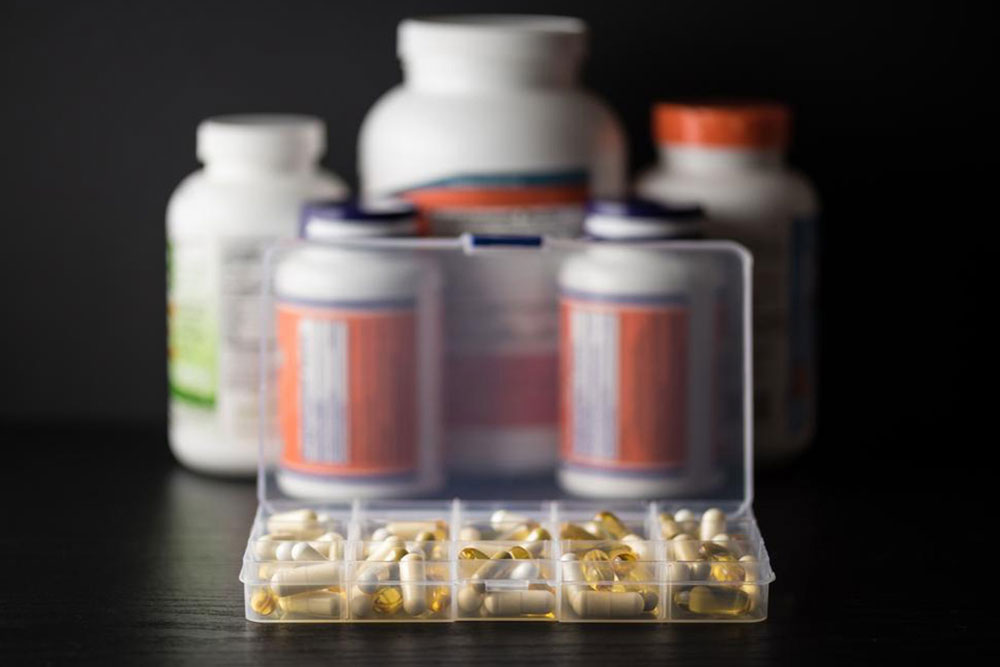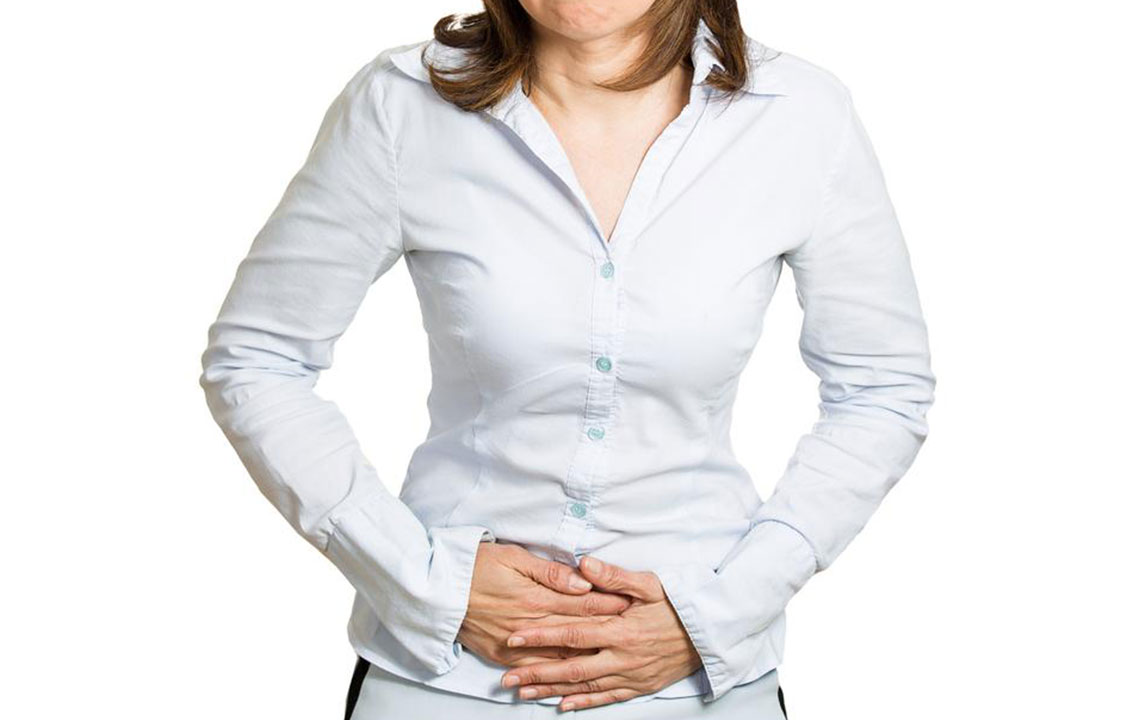Comprehensive Guide to Diverticulitis: Causes, Symptoms, and Effective Dietary Strategies for Prevention and Management
This comprehensive guide explores diverticulitis, covering its causes, symptoms, and essential dietary strategies for effective management and prevention. Learn how lifestyle choices impact your gut health, and discover practical tips for reducing risks, avoiding complications, and maintaining a healthy digestive system through balanced nutrition, hydration, and exercise.
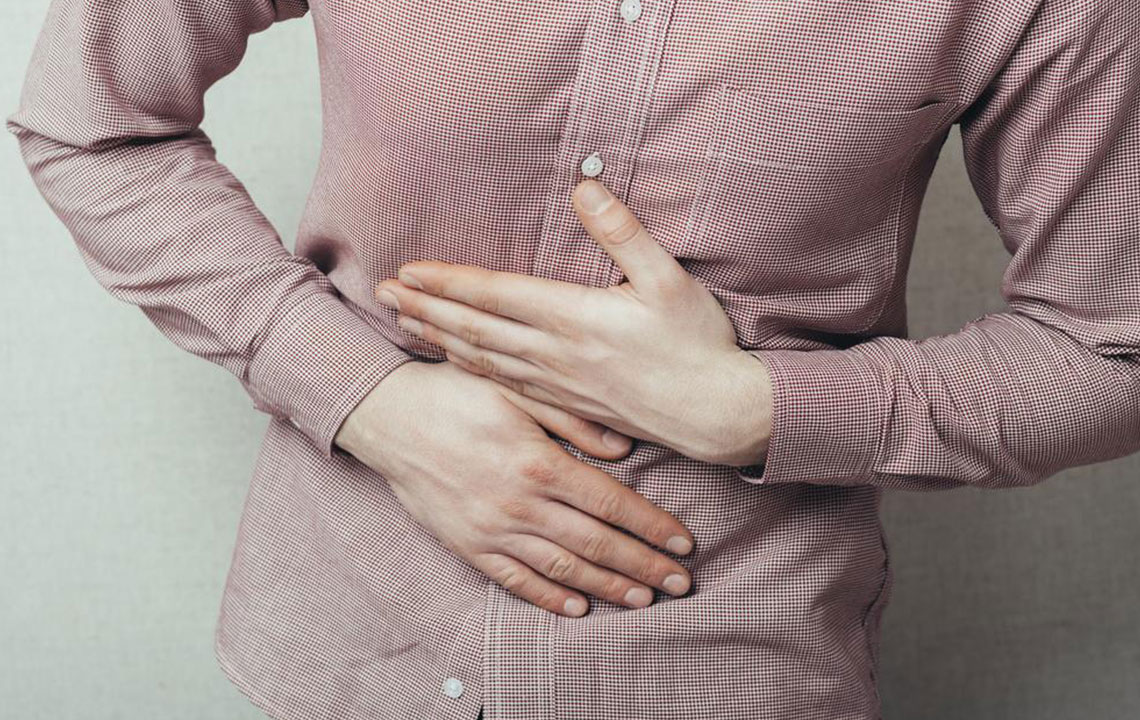
Comprehensive Guide to Diverticulitis: Causes, Symptoms, and Effective Dietary Strategies for Prevention and Management
Diverticulitis is a common gastrointestinal condition characterized by inflammation or infection of small pouches known as diverticula that develop along the walls of the large intestine, particularly in the sigmoid colon. These pouches, which are sac-like protrusions of the mucosal and submucosal layers through weak spots in the muscular wall of the colon, can remain asymptomatic for years. However, when they become inflamed or infected—a condition termed diverticulitis—they can cause significant health problems. Proper understanding of the causes, symptoms, and nutritional management is crucial for effective treatment and prevention of recurrence.
Diverticulitis can lead to severe complications if left untreated, including abscess formation, perforation of the bowel wall, fistula development, or peritonitis. These complications often necessitate surgical intervention and can significantly impact a patient's quality of life. Therefore, recognizing early signs and adopting appropriate dietary and lifestyle modifications are essential for minimizing risks and promoting intestinal health.
Understanding the Symptoms of Diverticulitis
Patients with diverticulitis typically experience pain in the lower left abdomen, which is often sudden, intense, and persistent. This pain may fluctuate in intensity and sometimes radiates to the back or groin. Notably, the pain often lessens after bowel movements or passing gas, which can be a distinguishing feature from other gastrointestinal conditions.
In addition to abdominal pain, symptoms may include changes in bowel habits such as diarrhea or constipation, depending on the severity and location of the inflammation. A common sign of complications is the presence of bright red blood in the stool, indicating bleeding from the inflamed or ulcerated diverticula. Patients might also experience systemic symptoms such as fever, chills, nausea, vomiting, and general malaise.
Persistent infection or severe inflammation can lead to complications like abscess formation, which might cause localized swelling or tenderness; fistulas, which are abnormal connections between the colon and other organs; or bowel perforation—an emergency requiring immediate medical attention. Recognizing these symptoms early can facilitate prompt treatment and prevent life-threatening consequences.
Causes and Risk Factors Contributing to Diverticulitis
Multiple factors contribute to the development of diverticulitis, with lifestyle and dietary choices playing pivotal roles. A diet low in fiber is strongly associated with the formation of diverticula, as inadequate fiber intake leads to increased intracolonic pressure during bowel movements. This pressure causes weak spots in the colon wall to bulge outward, forming diverticula.
Obesity is another significant risk factor, as excess body weight can increase intra-abdominal pressure and promote diverticula formation. Physical inactivity also correlates with higher incidence rates, as regular exercise promotes healthy bowel motility and improves overall gut health.
Smoking has been linked to an increased risk of developing diverticulitis due to its negative effects on vascular health and tissue repair. Older age remains a non-modifiable risk factor, with the prevalence of diverticulitis increasing notably in individuals over 50 years old.
Other contributing factors include chronic constipation, which exacerbates colonic pressure, and certain genetic predispositions. Overall, lifestyle choices, particularly diet and activity levels, significantly influence the likelihood of developing diverticulitis.
Effective Dietary Strategies for Managing and Preventing Diverticulitis
Dietary management is fundamental in both the treatment of active diverticulitis and the prevention of future episodes. Initially, when symptoms are active, a liquid or low-residue diet helps reduce bowel activity, minimize inflammation, and facilitate healing. This diet typically includes water, clear broths, herbal teas, fruit juices without pulp, gelatin, and popsicles. Adequate hydration is essential during this phase to ensure smooth bowel movements and prevent dehydration, which can worsen symptoms and delay recovery.
As symptoms improve, a transition to a low-fiber diet is recommended. This phase involves limiting fiber intake to prevent irritation of the inflamed colon. Daily fiber consumption should be restricted to less than 10 grams, focusing on easily digestible foods such as cooked fruits (without skins), refined white rice, plain pasta, lean meats, eggs, dairy products, and low-fiber cereals like rice Krispies or Cornflakes.
Once complete recovery is underway, patients should gradually reintroduce high-fiber foods to promote healthy bowel movements and reduce the risk of future flare-ups. The goal is to reach a daily fiber intake of 25-35 grams, consisting of a diverse range of nutrient-rich foods such as whole grains, fruits, vegetables, beans, peas, lentils, nuts, and seeds. Incorporating fiber-rich foods helps fortify stool bulk, reduce colonic pressure, and prevent the formation of new diverticula.
Alongside fiber intake, including probiotics like yogurt, kefir, or fermented vegetables can support a healthy gut microbiome, which plays a crucial role in digestive health and immune function. Some studies suggest that vitamin D supplementation may have protective effects against diverticulitis, especially in individuals with vitamin D deficiency. Adequate levels of vitamin D help modulate immune responses and reduce intestinal inflammation.
Additional Lifestyle and Dietary Tips for Long-Term Management
Consistent hydration is paramount; adults are advised to drink at least 8-10 glasses of water daily. Regular exercise not only helps maintain a healthy weight but also stimulates intestinal motility, reducing the risk of constipation and diverticulitis recurrence.
It's advisable to avoid smoking and limit alcohol consumption, as both can impair intestinal health and exacerbate inflammation. Stress management techniques such as yoga, meditation, and adequate sleep can positively influence gut health by reducing systemic inflammation.
Monitoring and managing other health conditions, such as obesity, metabolic syndrome, or inflammatory bowel disease, contribute to overall gut integrity. Routine check-ups and discussions with healthcare providers can help tailor individualized dietary and lifestyle strategies to mitigate risks.
Conclusion: Embracing a Holistic Approach to Preventing Diverticulitis
Preventing diverticulitis involves a combination of adequate hydration, balanced nutrition rich in fiber, regular physical activity, and avoidance of risk factors like smoking and excessive alcohol intake. Recognizing early symptoms and seeking prompt medical care can prevent complications and facilitate quicker recovery. Moreover, adopting healthy lifestyle habits not only minimizes the risk of diverticulitis but also promotes overall digestive health and well-being. By understanding the interplay between diet, lifestyle, and gut health, individuals can manage existing conditions effectively and reduce the likelihood of future episodes, leading to a healthier, more comfortable life.
